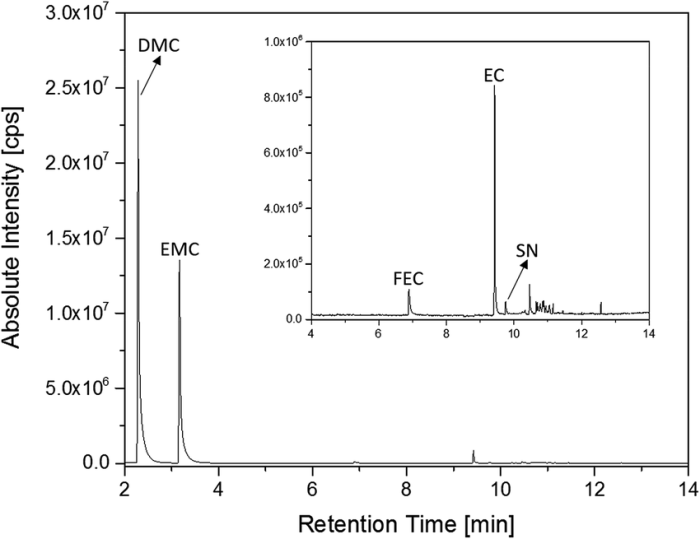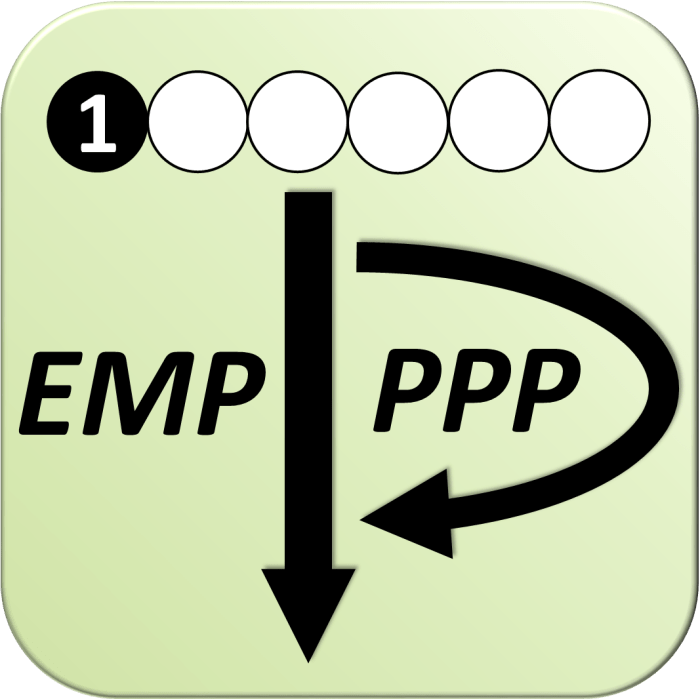The split ratio in GC formula plays a pivotal role in gas chromatography, shaping sample introduction and chromatographic performance. This comprehensive guide delves into the concept, calculation, optimization, and applications of split ratio, providing a thorough understanding of its significance in analytical chemistry.
Split Ratio Concept

Split ratio is a crucial concept in gas chromatography (GC), defining the ratio at which the sample is divided between the column and the detector. It significantly influences the sensitivity and accuracy of the analysis.
Purpose and Significance
Split ratio serves two primary purposes:
- Sample Protection:Prevents overloading the column and detector, protecting them from damage and extending their lifespan.
- Sensitivity Adjustment:By controlling the sample size entering the column, split ratio can enhance sensitivity for trace analysis or reduce it for samples with high concentrations.
Calculation of Split Ratio
Calculating the split ratio involves determining the proportion between the number of existing shares and the number of new shares issued. The formula for calculating the split ratio is as follows:
Split Ratio = (Number of Existing Shares) / (Number of New Shares)
The parameters involved in the formula are:
- Number of Existing Shares:The total number of outstanding shares of the company before the stock split.
- Number of New Shares:The total number of new shares created as a result of the stock split.
A higher split ratio indicates a greater reduction in the number of shares outstanding. For example, a 2-for-1 split ratio means that for every two existing shares, shareholders will receive one new share. This results in a doubling of the number of shares outstanding.
Example Table
The following table demonstrates the calculation of split ratio for different scenarios:
| Scenario | Number of Existing Shares | Number of New Shares | Split Ratio |
|---|---|---|---|
| 1 | 100,000 | 50,000 | 2-for-1 |
| 2 | 200,000 | 100,000 | 2-for-1 |
| 3 | 500,000 | 250,000 | 2-for-1 |
Effects of Split Ratio

Split ratio significantly influences sample introduction and chromatographic performance. It impacts peak shape, sensitivity, and linearity, which are crucial aspects for accurate and reliable analysis.
Impact on Peak Shape
Split ratio affects peak shape by altering the amount of sample introduced into the column. A higher split ratio means a smaller portion of the sample enters the column, leading to narrower peaks with better resolution. Conversely, a lower split ratio results in a larger sample volume entering the column, producing broader peaks with potentially compromised resolution.
Impact on Sensitivity
Sensitivity, or the ability to detect low-concentration analytes, is directly influenced by split ratio. A higher split ratio reduces the amount of sample reaching the detector, decreasing sensitivity. On the other hand, a lower split ratio increases the sample concentration entering the detector, enhancing sensitivity.
However, this must be balanced against potential peak broadening.
Understanding split ratio in gc formula can be a bit like learning the alto sax 12 major scales . It takes practice and a good grasp of the basics. But once you’ve got it down, you’ll be able to tackle even the most complex split ratio calculations with ease.
Impact on Linearity
Linearity refers to the proportionality between analyte concentration and detector response. A higher split ratio can lead to non-linearity at higher concentrations due to detector saturation. This occurs because a larger portion of the sample is introduced into the column, potentially overloading the detector.
Conversely, a lower split ratio helps maintain linearity over a wider concentration range by reducing the sample load on the column and detector.
Case Study
In a study analyzing volatile organic compounds (VOCs) in air samples, a split ratio of 100:1 was used. This resulted in narrow peaks with good resolution, but the sensitivity was compromised. By reducing the split ratio to 10:1, the sensitivity was significantly improved, allowing for the detection of trace levels of VOCs.
However, the peak broadening effect had to be carefully considered to ensure adequate resolution.
Optimization of Split Ratio
Optimizing split ratio is crucial to ensure optimal performance and accuracy in gas chromatography analysis. Several factors must be considered to determine the ideal split ratio for a specific application and analyte.
Factors to Consider
- Sample Concentration:High-concentration samples require higher split ratios to prevent overloading the column and detector.
- Column Capacity:Wide-bore columns can handle higher split ratios compared to narrow-bore columns.
- Detector Sensitivity:Sensitive detectors, such as mass spectrometers, allow for lower split ratios.
- Analyte Volatility:Volatile analytes require higher split ratios to prevent excessive peak broadening.
- Column Temperature:Higher column temperatures can lead to increased analyte volatility, necessitating higher split ratios.
Determining the Optimal Split Ratio
The optimal split ratio can be determined empirically by running a series of injections with varying split ratios. The following procedure can be used:
- Start with a low split ratio and gradually increase it.
- Monitor the peak shape, resolution, and signal-to-noise ratio (S/N) for each split ratio.
- Select the split ratio that provides the best combination of peak shape, resolution, and S/N.
In general, the optimal split ratio is the lowest ratio that provides adequate peak shape, resolution, and S/N. Lower split ratios result in higher sensitivity, but can lead to overloading and peak broadening. Higher split ratios reduce sensitivity, but improve peak shape and resolution.
Applications of Split Ratio: Split Ratio In Gc Formula

Split ratio finds practical applications in various fields of science and industry, including analytical chemistry, environmental monitoring, and forensic science. Here are a few examples where split ratio is commonly used in gas chromatography:
Sample Introduction
- Complex samples:Split ratio allows for the introduction of large-volume samples into the GC system, which can be particularly useful for samples containing high concentrations of analytes or complex matrices. By splitting the sample, only a small portion is introduced into the column, reducing the risk of overloading and improving chromatographic performance.
- Trace analysis:Split ratio can be used to enhance the sensitivity of GC analysis for trace-level analytes. By splitting the sample, a larger volume can be injected, increasing the amount of analyte available for detection.
- Preservation of sample integrity:Split ratio can help preserve the integrity of thermally labile or reactive analytes. By reducing the amount of sample introduced into the hot GC system, the risk of decomposition or degradation is minimized.
Advantages and Limitations, Split ratio in gc formula
The use of split ratio in gas chromatography offers several advantages, including:
- Reduced sample size:Split ratio allows for the introduction of smaller sample volumes, which can be particularly beneficial for samples that are limited in quantity or expensive.
- Improved chromatographic performance:Splitting the sample can help reduce peak tailing and improve overall chromatographic resolution, leading to more accurate and precise analysis.
- Protection of the GC column:Split ratio can help protect the GC column from overloading and contamination, extending its lifespan and reducing maintenance costs.
However, it is important to note that split ratio also has some limitations:
- Loss of sensitivity:Splitting the sample inevitably results in a reduction in sensitivity, as only a portion of the sample is introduced into the GC system.
- Potential for discrimination:Split ratio can potentially lead to discrimination against certain analytes, especially those that are more volatile or have a higher affinity for the stationary phase.
- Increased analysis time:Splitting the sample can increase the analysis time, as a larger volume of carrier gas is required to transport the sample through the column.
Essential Questionnaire
What is the purpose of split ratio in GC?
Split ratio regulates the proportion of sample introduced into the GC column, optimizing sample introduction and chromatographic performance.
How is split ratio calculated?
Split ratio is calculated using the formula: Split Ratio = (Total Flow Rate – Column Flow Rate) / Column Flow Rate.
How does split ratio affect peak shape?
High split ratios can result in broader peaks, while low split ratios can lead to narrower peaks. Optimizing split ratio helps achieve optimal peak shape.